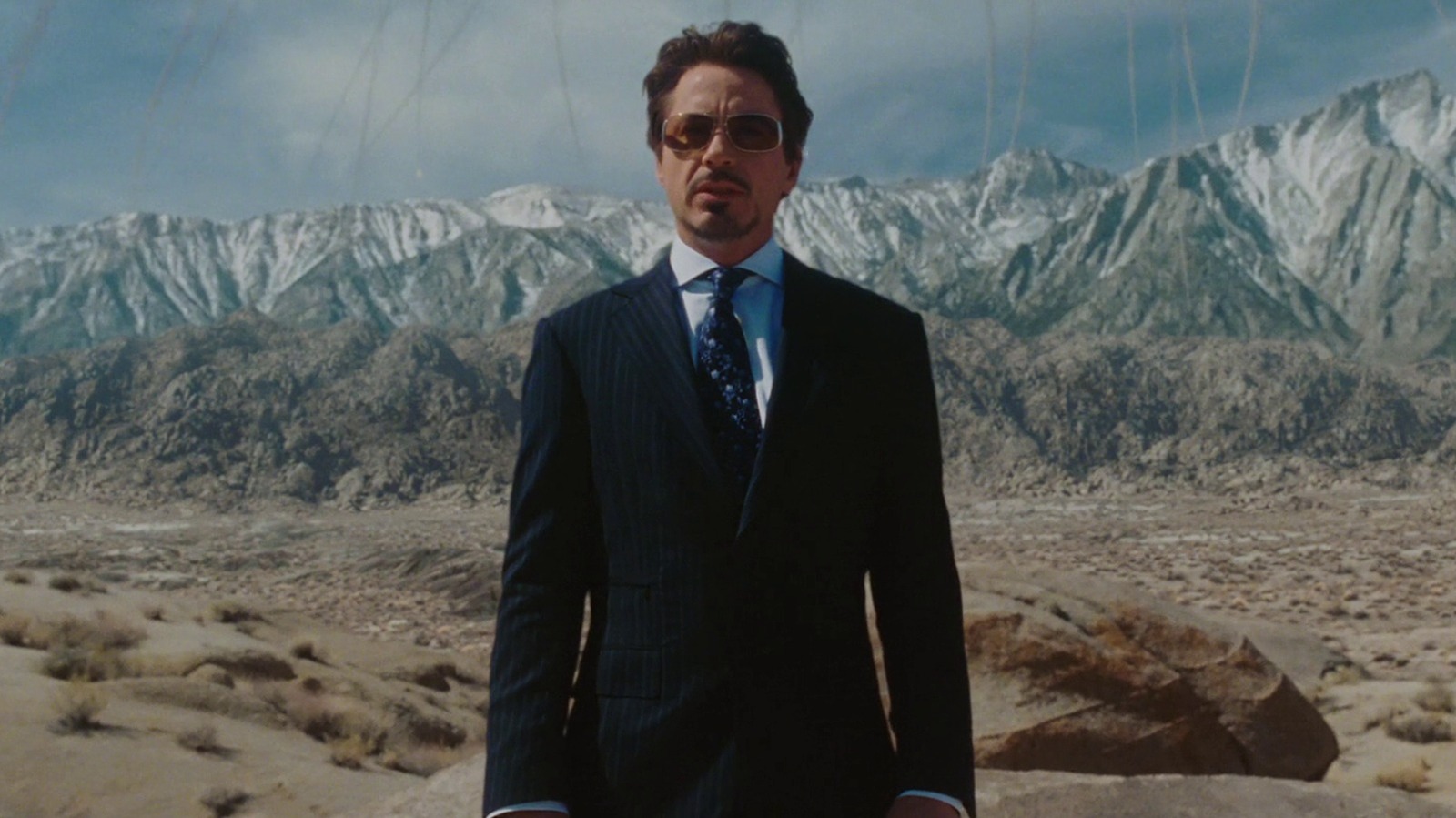
As a film enthusiast and someone who has spent countless hours immersed in the magical world of cinema, I can’t help but feel a tinge of disillusionment when it comes to the mighty Marvel Cinematic Universe (MCU). Despite the joy and excitement their films have brought us over the years, there are some darker aspects that need to be addressed.
For over eight decades, Marvel Comics has been known by various names but has remained a constant in the world of comics – nearly as old as the genre itself. As the most influential and recognized American comic book publisher, its history is rich, complex, and mirrors the ebbs and flows of American society, culture, and economic trends. At times, even facing critical crises that threatened its survival, Marvel has shown remarkable resilience, bouncing back stronger each time. This could be attributed to introducing groundbreaking superhero teams or transforming into a modern multimedia powerhouse for the 21st century.
Even though there were some stumbles along the way – not all of them purely financial or pretty – die-hard fans might already be familiar with the darker chapters of Marvel’s history. However, casual comic and movie enthusiasts may find it surprising to discover that Marvel’s true tale is filled with many questionable, scandalous, and even shocking facts. In this article, we’ve gathered a few interesting insights into the company, including office politics, missteps in leadership, and labor and political controversies, which offer a glimpse of a different side of Marvel that is often overlooked.
Stan Lee was technically a nepo baby
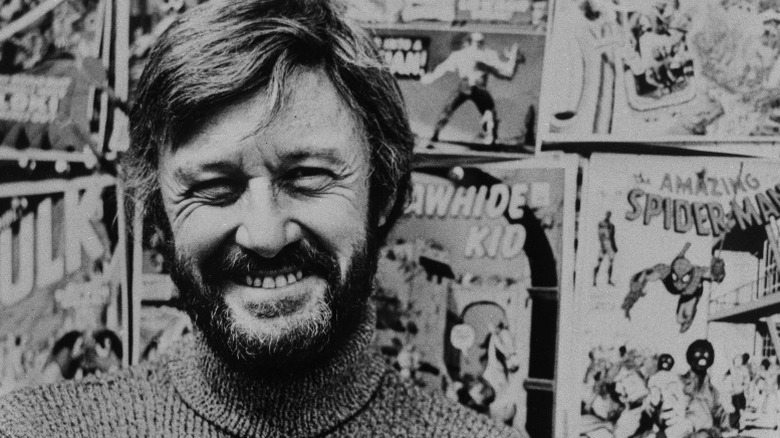
It’s common knowledge among Marvel Comics enthusiasts that Stan Lee, famous for his cameos in Marvel Studios films, wasn’t the company’s original founder. Instead, Martin Goodman established Timely Comics, the magazine company that eventually morphed into Marvel, way back in 1939. However, Lee significantly shaped the brand during his two decades as its creative lead, overseeing its growth into the powerhouse we recognize today. What many people might not realize is that Lee got a leg up at Timely Comics thanks to some family connections.
Initially, stories about how his career started have changed over time. However, according to his own account in his autobiography, it was his uncle Robbie Solomon, who worked at Marvel in 1940, who suggested Lee apply for a job there when he was between 16 and 17 years old. Robbie Solomon personally introduced Lee, then known as Stanley Lieber, to editor Joe Simon. Moreover, Lee was the cousin of Jean Davis, Martin Goodman’s wife. As Simon recalled, Goodman had Solomon ask him to hire his wife’s teenage cousin; this is how Lee started working for Simon as an assistant. From there, Lee’s career advancement was swift, and having a family connection definitely facilitated getting the job initially.
One of the earliest Marvel publishers also ran racy magazines
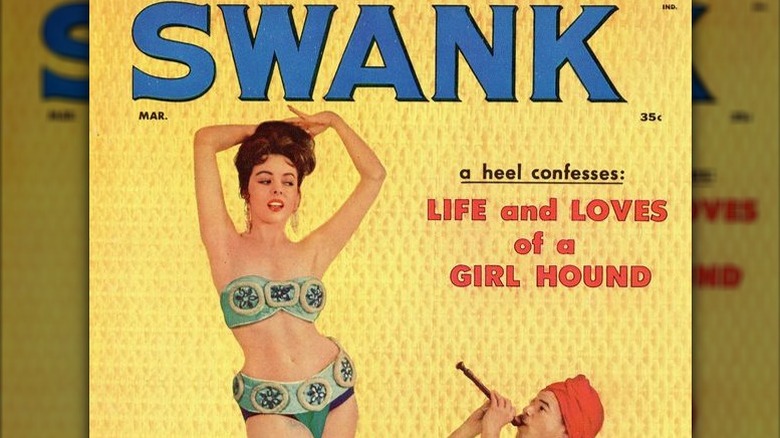
Originally established as Timely Comics, the publishing company later transformed into Atlas Comics, a label concentrating on speedy, predictable productions that adhered to popular commercial patterns. It was during Atlas Comics that the magazines featuring characters who would later thrive under the Marvel brand were still being published. Few are aware that Atlas was merely a division of a larger publishing conglomerate — Magazine Management — founded by Martin Goodman, which retained ownership of Marvel into the 1960s. Even less known is that Magazine Management’s main focus in the ’50s and ’60s was its men’s magazine division, which produced content vastly dissimilar to what was found in Marvel comic books.
These men’s magazines, such as Male, Stag, and Swank, published by Magazine Management, catered to adult male audiences by featuring a mix of content deemed appealing. This included action-packed tales, sports and lifestyle articles, advice on relationships, and, not surprisingly, alluring pin-up images and artwork. The models gracing the covers were frequently displayed in minimal clothing and provocative poses. Over time, some of these magazines transitioned into outright pornographic content, but they had severed ties with Marvel by then.
Marvel once had to rely on the distribution services of … DC Comics
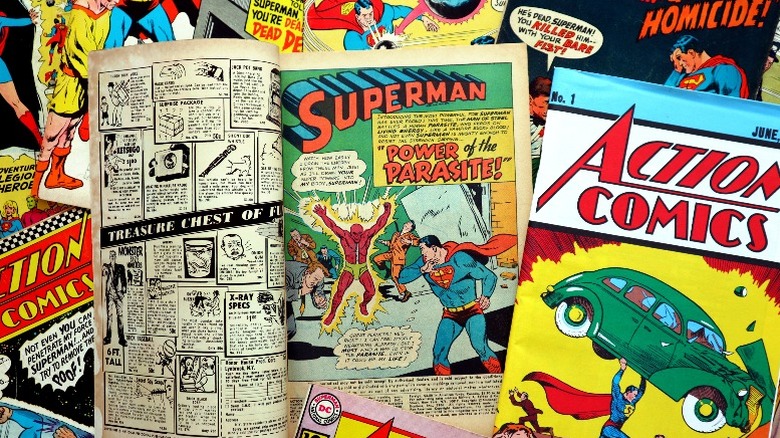
In 1956, Martin Goodman chose to no longer handle the distribution of Atlas Comics magazines independently. Instead, he entered into an arrangement with the American News Company. Unfortunately, this partnership ended shortly after due to a Justice Department lawsuit that caused the American News Company to shut down. Consequently, Atlas Comics was left in need of a new distributor.
In an effort to escape from its predicament, Atlas Comics sought aid from the sole company willing to distribute their comics: National Comics, who would later be known as DC Comics – yes, the same DC involved in the Marvel vs. DC feud. With this decision, Atlas was added to Independent News Distributors, a division of National Comics. This move left the Atlas team feeling doubly humiliated, not only because they had to utilize the distribution services of their main rival, but also because the company, temporarily renamed Goodman Comics, was compelled to accept the restrictive conditions imposed by Independent News. These conditions significantly reduced Atlas’ monthly output from up to 80 titles to less than a dozen, as stated by Stan Lee. Although this partnership with National Comics didn’t endure for long, it undeniably marked one of the most difficult periods in Marvel history.
Steve Ditko and Jack Kirby both fell out with Stan Lee
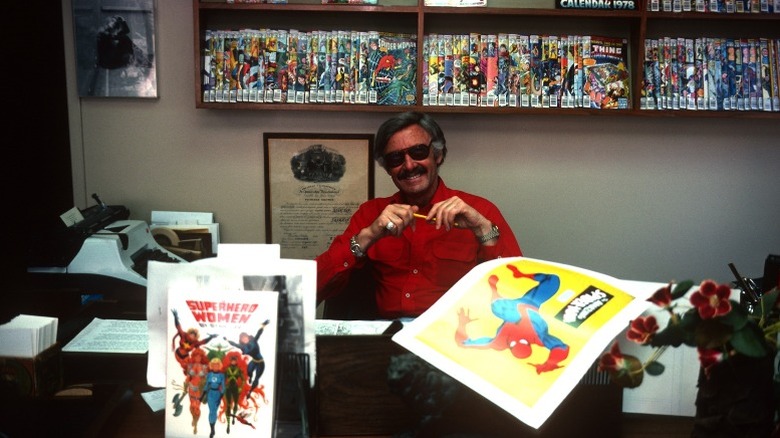
Steve Ditko and Jack Kirby, along with Stan Lee, played crucial roles in Marvel’s development, but they parted ways from Marvel under acrimonious conditions primarily due to the strained nature of their collaborative relationships with Lee.
In the 1970s, Kirby, renowned as one of the top comic artists ever, switched from Marvel to DC Comics. Later on, he often criticized Lee’s work ethic, especially while serving as Marvel editor-in-chief and scriptwriter. He accused Lee of assigning script tasks to other writers and then claiming credit for their work. Kirby also disagreed with Lee’s assertion that it was he, not Kirby, who primarily conceived the concept behind “Fantastic Four.” After Kirby’s passing in 1994, his estate had legal disputes with Lee that persisted until 2014.
Meanwhile, Ditko openly discussed the factors that led him to depart from Marvel in 1966. He spoke candidly about feeling mistreated as an artist at Marvel and claimed that Lee encouraged a work environment where only his artistic contributions and ideas were considered vital while everyone else’s were seen as secondary.
Editor-in-chief Jim Shooter allegedly banned gay characters in the ’80s
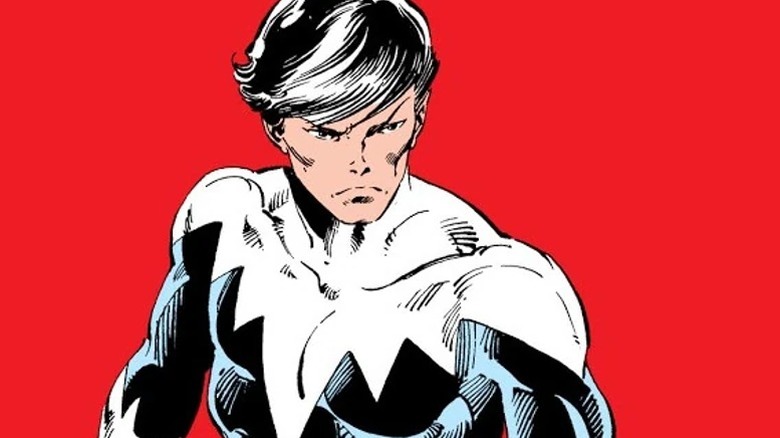
The representation of LGBT characters in Marvel films and TV series has had its share of inconsistencies; up until 2021’s “Eternals,” there was no openly gay superhero within the Marvel Cinematic Universe. Although the comics division has introduced numerous LGBTQ+ superheroes, it has faced its own challenges. Similar to many other publishers, Marvel hesitated for years to present characters who were too overtly queer, largely due to the deep-seated homophobia prevalent not only in American society but also globally. Moreover, it’s worth noting that there may have been a corporate directive explicitly prohibiting such characters.
During his time as editor-in-chief at Marvel Comics from 1978 to 1987, Jim Shooter faced much controversy. However, one of the most contentious aspects of his tenure may be the claim that he prohibited depictions of gay characters in Marvel comics. For example, Jean-Paul Beaubier, a character from the “X-Men” comic series known as Northstar, was initially intended to be gay by co-creator John Byrne; but according to Byrne, Shooter vetoed any explicit portrayals of the character’s sexuality. To add fuel to the fire, Shooter wrote a “Hulk” comic in 1980 that introduced the first openly gay characters in Marvel history – two YMCA men who tried to assault Bruce Banner in the shower. It’s difficult to determine which was more problematic between this incident and the implied erasure of LGBTQ+ representation.
Marvel Entertainment Group was nearly run into the ground after going public
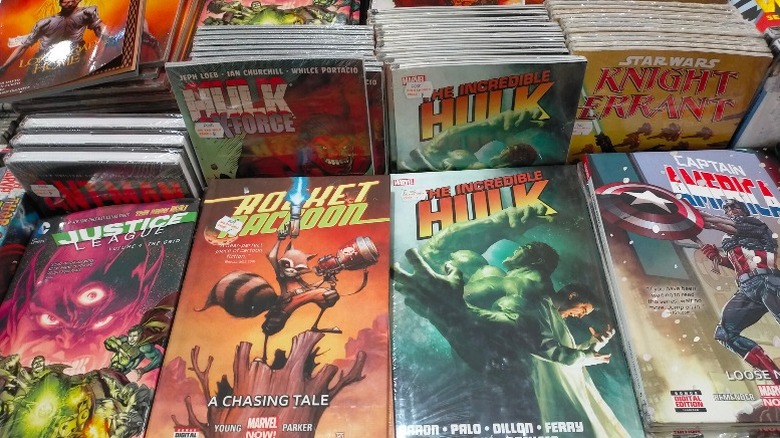
Typically, once a company goes public, it often becomes more focused on maximizing profit and may fall into the trap of excessive expansion and repetition of familiar formulas. The stock market seems to reward an unending pursuit of growth, regardless of cost. Marvel Comics served as an example. In the late ’80s, they were at their commercial peak, with titles like “Spider-Man” and “X-Men” generating massive profits while other series also flourished. This success attracted Revlon executive Ronald Perelman who bought Marvel Entertainment for over $82 million in 1989.
1991 saw Perelman lead Marvel Entertainment into the public market, a move aligned with the escalating comic speculation craze where collectors amassed comics in anticipation of future sky-high resale prices. Besides acquiring Marvel, Perelman also invested vast funds in purchasing trading companies. Simultaneously, Marvel started prioritizing financial gains over creative output, expanding publication volumes, investing heavily in crossovers, generating additional revenue through variant covers, and producing an unprecedented amount of merchandise related to comics. Regrettably, the quality of the comics deteriorated, and Marvel risked damaging its reputation and alienating its fan base due to excessive saturation.
Several writers and artists defected from Marvel to start Image Comics
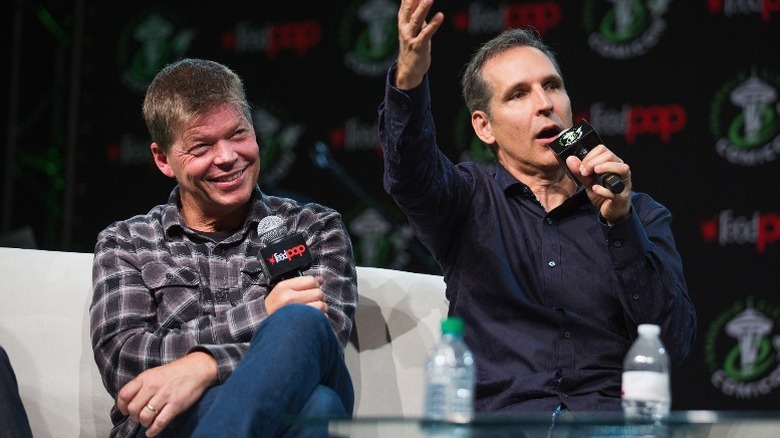
1992 brought an additional setback to Marvel fans’ admiration for the company, as seven prominent Marvel artists chose to leave and establish their own comic publishing business – Image Comics. These artists included Todd McFarlane and Erik Larsen from “Spider-Man,” Rob Liefeld of “The New Mutants” and “X-Force,” Jim Lee of “X-Men,” Whilce Portacio of “The Punisher” and “The Uncanny X-Men,” Marc Silvestri of “Wolverine,” and Jim Valentino of “Guardians of the Galaxy.” Known for edgy, mature content, Image Comics is behind popular series such as “Invincible,” “The Walking Dead,” “Kick-Ass,” and many more hit titles.
Initially, McFarlane, Liefeld, and Lee – three highly esteemed creators and formidable comic artists at Marvel – departed from the company to pursue a different venture. This decision was prompted by their growing discontent with Marvel’s treatment of its talent. Their establishment of Image Comics significantly transformed the comics industry and further challenged Marvel’s creative prowess, which was already somewhat limited. This exodus occurred primarily because as Marvel expanded into an influential industry titan, it began to overlook the artists – the very individuals who were instrumental in building the company.
Marvel had to file for bankruptcy in 1996

By the mid-90s, it became evident that an unending expansion for Marvel Entertainment Group was not feasible, and this reality applied to the comics industry as well. Just as rapidly as the comics market inflated to absurd dimensions, the speculation bubble in comics burst dramatically and spectaculary. This sudden event made comics a poor investment option, causing the market of future resellers to disappear almost entirely, plunging the entire industry into a severe downturn. Marvel, being the dominating figure in this sector, suffered the most significant decline.
1996 was a tough year for me as a Marvel fan, watching the company’s stocks plummet and find itself drowning in over $600 million of debt. The situation became so dire that Ronald Perelman had to file for Chapter 11 bankruptcy that year, kick-starting a heated legal battle for control of Marvel. Fortunately, this struggle ended with the toy company Toy Biz, led by Isaac Perlmutter and Avi Arad, taking over Marvel in 1997. It was a challenging time, but we fans stuck together and ultimately saw Marvel rise from its financial struggles.
The time preceding and immediately after Marvel’s bankruptcy was its bleakest era. Both fans and artists were questioning if there was any hope for the legendary publisher, as they peered into a seemingly endless tunnel of darkness. With only a globally adored roster of characters left in its possession, Marvel found itself in such a precarious financial situation that it had to lease out these beloved characters at reduced rates. The film rights for “Spider-Man” were sold to Sony, and the “X-Men” film rights went to Fox.
Former CEO Isaac Perlmutter seemingly opposed female-led superhero movies
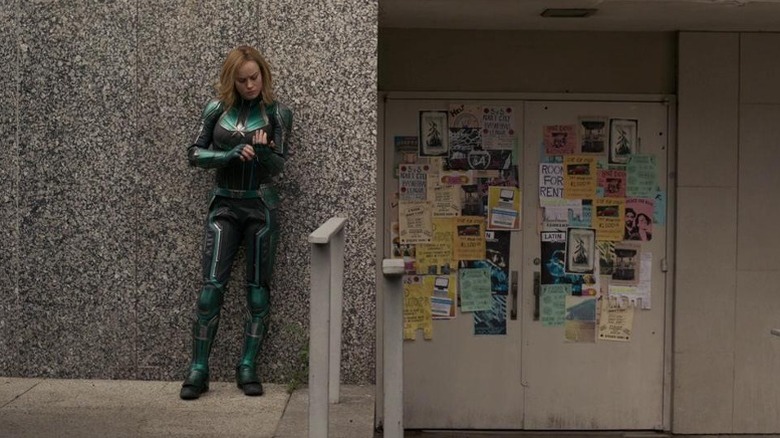
Despite Marvel’s remarkable comeback from the brink in the ’90s, propelled by the success of the MCU, it’s important to note that the universe has had its share of controversies. To many Marvel enthusiasts who embrace progressive and inclusive ideals, it might have been disheartening to learn about Isaac Perlmutter, the former CEO of Marvel Entertainment who steered the rise of the MCU from 2009 to 2015, forging a close political bond with Donald Trump and serving as an informal advisor to his administration. For those who were aware of Perlmutter’s background, this association might not have come as a surprise.
Well, let me tell you, I remember old times when I heard about this guy Perlmutter. Back in 2014, during the Sony Pictures hack, an email from him popped up that made me raise an eyebrow or two. Seemed like he wasn’t too keen on the concept of a female-led superhero movie. He mentioned movies like “Electra,” “Catwoman,” and even “Supergirl” from 1984, stating their poor box office performances as reasons to steer clear. I guess he had this chat with Sony exec Michael Lynton over the phone about how movies featuring female superheroes just didn’t work out financially.
Marvel Studios has a controversial relationship with the U.S. military
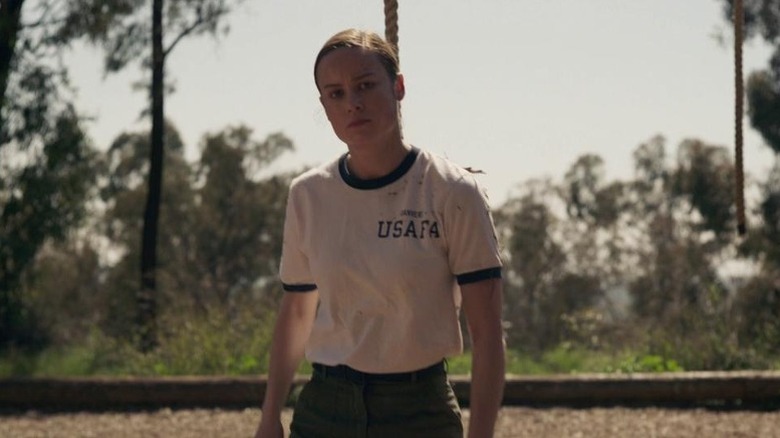
As a dedicated fan, I can’t help but notice the close collaboration between Marvel Cinematic Universe productions and the U.S. military. While it’s important to clarify that the Department of Defense and the Armed Forces don’t provide direct funding for these films, they have established agreements where real military equipment and bases are lent in return for script approval. This partnership has often raised eyebrows among fans and critics who argue that the portrayal of the U.S. military in Marvel movies leans towards a biased or even propagandistic perspective.
The initial “Iron Man”, “Captain America” duo, and “Captain Marvel” were produced with military collaboration deals. In the case of “Captain Marvel”, this partnership was particularly prominent. The movie emphasizes Carol Danvers’ (Brie Larson) life as an Air Force pilot, and certain training sequences were filmed with a polished aesthetic similar to recruitment ads. This was further accentuated by the film being utilized in U.S. Armed Forces social media marketing and by Brie Larson, who drew criticism for her role preparation, promoting the military. More recently, “WandaVision” features extensive screen time dedicated to FBI agent Jimmy Woo (Randall Park). However, this might not seem unusual unless one considers that the show acknowledges the U.S. Department of Defense in its closing credits.
Marvel films have been accused of establishing screen monopolies in certain countries
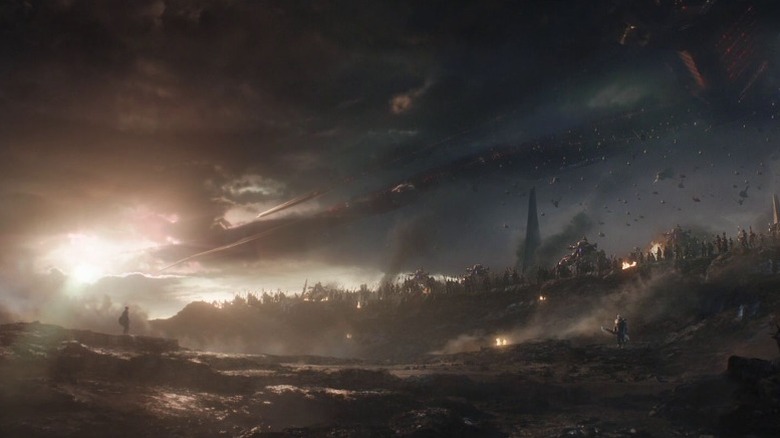
The controversies around MCU movies don’t stop at what’s in the movies themselves; the way that they are economically positioned and distributed has also attracted heavy criticism in some parts of the world. The relative financial wobbliness of the post-Phase Four MCU releases has somewhat dimmed the memory of their once-unassailability. But before that, the release of “Avengers: Endgame” was stirring controversy over Disney’s practice of laying claim to as many movie screens as it can in international markets.
In Brazil and South Korea, it was noticed that the extraordinary box office success of “Avengers: Endgame” might not be entirely due to organic factors. Both countries observed that Disney exploited the massive popularity of “Endgame” by occupying over half of all movie screens in these countries, with as much as 80% of Brazil’s screens being taken up. Essentially, this created a screen monopoly situation, leading to local and smaller films being pushed aside due to lack of space.
It’s tough to resist showing more of Disney’s Marvel Cinematic Universe (MCU) films in theaters without strong, consistently applied regulations: Because it’s assumed that movies like “Endgame” will be big earners, Disney can convince theater owners to allocate an unfair share of the schedule to these films. This means that international moviegoers who aren’t fans of superhero films might struggle to find alternatives in their local cinemas when a new MCU movie is released.
The studio’s treatment of VFX artists remains a hot-button issue
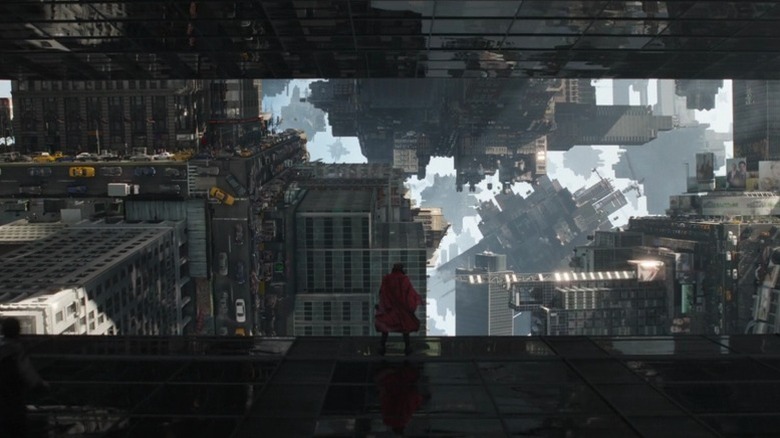
Because of the current setup in Hollywood, Visual Effects (VFX) artists often face the toughest working conditions among film crew members. Most VFX tasks are done on a project basis: Companies compete to complete a specific number of shots, and those able to promise the shortest completion time at the lowest cost usually win. Consequently, VFX artists are frequently given impossible deadlines and have limited resources, leading to extended, stressful work hours. Given this context, Marvel is known in the VFX industry for being an especially demanding client.
It has been disclosed that Marvel Studios has set terms in VFX contracts which compel workers to endure extended periods of 60-to-80-hour work weeks over several months. Known for requiring nearly finished visualizations early on and requesting numerous alterations to completed and approved effects, even up to the final stages of post-production, Marvel has faced criticism in the industry for years regarding their projects. With a significant influence within the VFX industry, it’s not always feasible to avoid working on Marvel productions. However, the in-house VFX workers at Marvel Studios have recently expressed a strong interest in unionizing with the International Alliance of Theatrical Stage Employees (IATSE), which could potentially provide much-needed protection for this segment of Hollywood’s workforce that appears to be most vulnerable. Despite the relatively small number of in-house VFX workers compared to the hundreds of artists involved in the visual effects for Marvel Cinematic Universe productions, this unionization effort is a significant and symbolic step towards strengthening protections for this industry sector.
Read More
- Grimguard Tactics tier list – Ranking the main classes
- Gold Rate Forecast
- 10 Most Anticipated Anime of 2025
- USD CNY PREDICTION
- Silver Rate Forecast
- Box Office: ‘Jurassic World Rebirth’ Stomping to $127M U.S. Bow, North of $250M Million Globally
- Mech Vs Aliens codes – Currently active promos (June 2025)
- Castle Duels tier list – Best Legendary and Epic cards
- Maiden Academy tier list
- All New and Upcoming Characters in Zenless Zone Zero Explained
2024-10-02 14:30